Cancelling your registration will remove your access to the event. If you proceed, you will no longer be able to participate or access event-related materials.
Deleting your account will remove your access to the event.
 August 22, 2024 09:10 am
August 22, 2024 09:10 am
 August 22, 2024 09:20 am
August 22, 2024 09:20 am
The landscape of electronic design is being transformed, driven by generative AI, digital twin, and advanced-node technologies. Cadence is at the forefront of this transformation, offering a comprehensive suite of chips-to-system solutions that empower our partners to innovate faster, with greater efficiency and productivity. We will discuss how the innovations in Cadence’s AI-driven solutions for electronic and systems design are helping customers create their amazing products and solutions.

Dr. Chin-Chi Teng
Senior Vice President and General Manager, Digital & Signoff Group, Cadence
Dr. Chin-Chi Teng has served as Senior Vice President and General Manager of the Digital and Signoff Group (DSG) of Cadence since 2018. Prior to this role, Teng held senior leadership positions in research and development in digital implementation.
Dr. Teng joined Cadence in 2002 via the acquisition of Silicon Perspective Corporation and subsequently led various research and development groups. He brought deep technical knowledge and more than 20 years of industry and academic experience to his role as leader of the IC Digital group. Dr. Teng holds a BS in electrical engineering from the National Taiwan University and an MS and PhD in electrical and computer engineering from the University of Illinois at Urbana-Champaign. He holds seven patents, and has written many EDA papers, several deep learning papers, and a book, Electrothermal Analysis of VLSI Systems. August 22, 2024 09:50 am
August 22, 2024 09:50 am

KS Pua
Founder & CEO, Phison Electronics (群聯電子 創辦人暨執行長 潘健成 )
 August 22, 2024 10:20 am
August 22, 2024 10:20 am
 August 22, 2024 10:40 am
August 22, 2024 10:40 am

Albert Kuo
Senior Chief Officer, CNBG Automotive Ethernet BU, Realtek (瑞昱半導體 車用電子 資深總監 郭協星)
 August 22, 2024 11:10 am
August 22, 2024 11:10 am
Metanoia is the only company providing 5G O-RAN chip solutions in Taiwan. Specializing in software-defined radio (SDR) technology, Metanoia aims to offer innovative solutions for the 5G Open RAN infrastructure. Their advanced technologies enable cost-effective and efficient deployment of O-RU, disrupting traditional models. This presentation also discusses the ASIC and COT models utilized in Metanoia’s design flow.
Overall, Metanoia is positioned to play a pivotal role in the evolution of 5G technology, driving advancements in network architecture and contributing to the growing demand for robust and efficient wireless communication solutions.

C.Y. Chang
VP of Hardware Technology, Metanoia Communications Inc. (義傳科技 技術副總 張俊彥)
 August 22, 2024 11:40 am
August 22, 2024 11:40 am
Accelerating AI-Driven Digital Twins of Data Centers

Ben Gu
Corporate VP of R&D Multi-Physics System Analysis, Cadence (多物理系統分析事業群 全球研發副總裁)

Eunice Chiu
Vice President and General Manager Taiwan, NVIDIA (輝達 全球副總裁暨台灣區總經理 邱麗孟)
 August 22, 2024 12:00 pm
August 22, 2024 12:00 pm
 August 22, 2024 01:30 pm
August 22, 2024 01:30 pm
To effectively mitigate failures in advanced IC, it’s critical to understand potential failures. With an understanding of potential failures and correctly identify high impact and critical design elements, engineers can then validate the design and the mitigation scheme through various verification techniques such as simulation, fault injection, and accelerated radiation testing. Commonly deployed mitigation schemes such as triple module redundancy and design considerations will also be addressed to ensure the common EDA’s automated feature is deployed adequately.
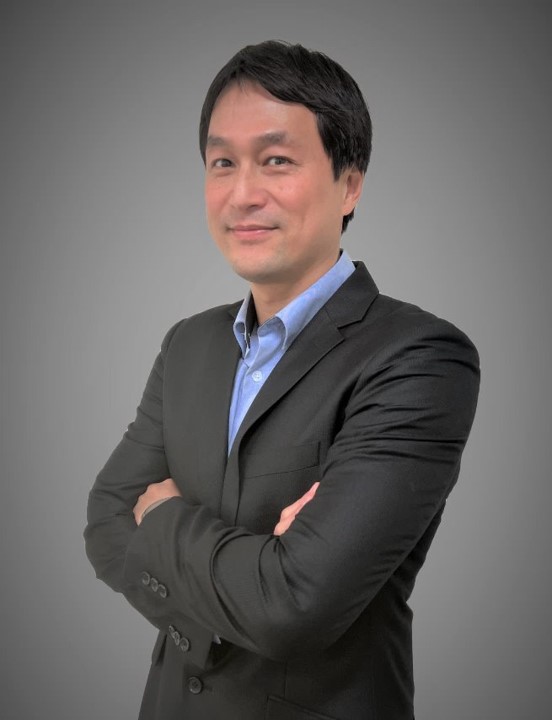
Chen Wei Tseng
Technical Manager,SGS
SGS technical manager
Developed and tested mitigation and verification solution at Xilinx A&D group
Delivered functional safety solution for commercial applications such as server, telecom, and automotive
Crafted COTS FPGA solution for aerospace OBC unit
Validated different mitigation schemes developed by EDA through accelerated radiation tests
Owner of over 5 US patents
Jeff Chang
SGS
 August 22, 2024 02:00 pm
August 22, 2024 02:00 pm

YJ Chen
Manager, Realtek
 August 22, 2024 02:30 pm
August 22, 2024 02:30 pm
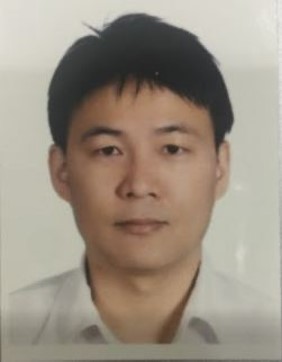
George Hung
Deputy Manager, Phison
George Hung is an experienced safety and design manager in Phison.
George has more than 10 years’ experience in IC design houses and system houses for automotive industry and sensor technology. His major focus is developing the FMEA/FMEDA process for automotive IP and SOC designs, assisting corporate safety officer from hardware & production perspective to get ISO certification.
George holds master’s degrees in Electrical Engineering from National Taiwan University of Science and Technology.
 August 22, 2024 03:00 pm
August 22, 2024 03:00 pm
 August 22, 2024 03:20 pm
August 22, 2024 03:20 pm

CT Kao
Product Engineering Group Director, Cadence
CT Kao is a product engineering director of Digital Signoff Group at Cadence.
He has 20+ years of experience in physical analysis, computational simulation, and product design including electronic packaging, semiconductor processing equipment, Micro-Electro-Mechanical Systems (MEMS), and EDA tools.
His present focus is on the Integrity 3D-IC platform solution to enable the 3D-IC design/flow/methodology based on Cadence technologies.
He holds the M.S. in Mechanical Engineering from the University of Texas at Austin, and the Ph.D. in Aeronautics and Astronautics from Stanford University.
 August 22, 2024 03:50 pm
August 22, 2024 03:50 pm
1. GUC Advanced Package Technology (APT) Development
2. 3Dblox - 3D Design Intent Description Language
3. 3DIC Implementation Flow with 3Dblox & Integrity 3DIC
4. Benefits of Using 3Dblox/iHDB in Sign-off Flow
5. Integrity 3DIC Checking
6. Hybrid Bonding/PG Mesh Co-Design
7. Optimized TSV Macro Array Structure
8. An Efficient Method for 3DIC DECAP Evaluation
9. Voltus 3DIR Solver Capacity Improvement
10. Using Voltus SGUI for 3DIR Result Review

Hubert Jiang
Assistant Manager, GUC
Hubert is deputy manager in Company GUC.
Hubert has 5 years experience in Digital design IR flow.
 August 22, 2024 04:20 pm
August 22, 2024 04:20 pm

Randy Wu
Manager, ITRI
Randy is a manager in ITRI EOSL.
Randy has more than 10 years’ experience in packaging Signal and Power Integrity domains.
His major focus is developing the SI/PI design flow/solution for advanced package technologies.
He holds doctor’s degrees in Electrical Engineering and master’s degrees in Computer Science and Engineering.
 August 22, 2024 01:30 pm
August 22, 2024 01:30 pm

Trent Huang
Technical Manager, MediaTek
 August 22, 2024 02:00 pm
August 22, 2024 02:00 pm

Brian Lee
Section Manager, TSMC

Scott Li
AE Director, Cadence
 August 22, 2024 02:30 pm
August 22, 2024 02:30 pm
Apply iDSPF format to investigate the effects of parasitics on circuits using Virtuoso Parasitic Aware Design in the analog design simulation environments (ADE Explorer and ADE Assembler) and Virtuoso Schematic Editor (Schematics L/XL) applications.

Echo Hu
Deputy Technical Manger, Richtek
 August 22, 2024 03:00 pm
August 22, 2024 03:00 pm
 August 22, 2024 03:20 pm
August 22, 2024 03:20 pm

Dr. Pen-Jui Peng
Associate Professor, NTHU
 August 22, 2024 03:50 pm
August 22, 2024 03:50 pm

Wed Cheng
Sr. Product Engineer Manager, Cadence
 August 22, 2024 04:20 pm
August 22, 2024 04:20 pm
As Mixed-Signal ICs adopt newer technologies to enable a wide range of applications, the design of individual components and systems often require deeper insights to explore new architectures and to verify performance across all corners. In this presentation, we will explore how to extract complex metrics and identify trends in large IC simulation databases. We will demonstrate how to optimize multivariable IC designs with different techniques, in order to meet specifications in time and frequency domains. We will use MATLAB to directly control the setup of design variables and parameters in Cadence® Virtuoso®, programmatically run simulations, and analyze results. Finally, we will use surrogate optimization methods to improve the performance of transistor-level IC designs.
Highlights/key takeaways:
•In-depth mixed-signal data analysis and metrics extraction
•IC design space exploration
•Multivariable optimization of IC designs

Phoebe Li
Assistant Manager, Terasoft
 August 22, 2024 01:30 pm
August 22, 2024 01:30 pm
PPA (Power, Performance and Area) convergence and TAT (Turn Around Time) reduction are the most important indexes during design implementation. In advanced process technology, the cross-stage PPA variations have become more unpredictable due to the complexity of designs. This mismatch will lead to unexpected congestion, timing and utilization rate which causes additional TAT. In the worst-case scenario, the project schedule can be delayed. Therefore, in recent years, the concept of Full-flow has gradually gained attention in RTL to GDS implementation. Once the correlation is handled well, the iterations between stages such as synthesis and P&R can be efficiently reduced. To reach full-flow, several techniques such as Genus iSpatial, Cerebus are introduced by Cadence. Through these solutions, we can achieve more accurate results than the legacy flow. However, in some cases, the hotspot and density correlations are still not as expected due to extremely complicated physical rules this work, we adopted Cadence PODV2 Turbo Place solution during design implementation. PODV2(place_opt_design V2) introduces new engine for run time reducing compared to the original POD (place_opt_design) engine. Furthermore, through PODV2, physical synthesis can easily reach P&R placement stage s quality. According to our real product results, we got correlated result through Genus synthesis to P&R with 10~30% full-flow runtime enhancem

Ching-Yu Shih
Senior Engineer, MediaTek
ChingYu is a design methodology engineer in MediaTek.
He has 7 years experience in physical implementation and logic synthesis.
He holds a master's degree in electrical engineering from National Chiao Tung University in Hshin-Chu, Taiwan.
Will Lin
Senior Manager, MediaTek
Will Lin has a VLSI experience with 17 years and majorly focus on logic synthesis and low power design flow.
Will Lin also investigates RTL signoff and AI solution to explore higher design quality in recent years.
 August 22, 2024 01:55 pm
August 22, 2024 01:55 pm

Yao-Nien Sui
Flow Development Engineer, MediaTek
Yaonien is a Hardware Engineer in Mediatek
Yaonien has 2 years experience in Digital design and CAD domains.
His major focus is developing digital design flow for advanced technologies.
Holds master's degrees in Computer Science from National Yang Ming Chiao Tung University.
 August 22, 2024 02:20 pm
August 22, 2024 02:20 pm
The Tempus DRA Suite comprises five advanced timing analyses: aging robustness, voltage robustness, timing robustness, silicon prediction, and VT skew robustness. The suite’s advanced timing models enable design engineers to accurately analyze these effects with significantly reduced pessimism compared to traditional approaches such as derates or margins. Furthermore, design engineers may use the timing data to drive optimization and signoff closure using the Tempus ECO Option from within the Cadence Innovus Implementation System or using the Cadence Certus Closure Solution. This integrated approach ensures the best PPA and fastest closure from block-level to subsystem-level/full-chip design.

Louis Lin
Principal Product Engineer , Cadence
Louis is Tempus Principal Product Engineer Located in Taiwan.
Louis has joined Cadence for 3+ years, and have ~10years of STA experience.His major focus is developing the Tempus/Tempus ECO tool/flow/methodology for advanced technologies.Holds master’s and bachelor’s degrees in Electrical Engineering from NCTU University.
 August 22, 2024 02:45 pm
August 22, 2024 02:45 pm
 August 22, 2024 03:05 pm
August 22, 2024 03:05 pm
Hsiao-Tung Chou
Senior Engineer, Realtek
Major focusing on power integrity tool/flow/methodology for advanced technologies.
6 years experience of power integrity verification on CPU and high-speed design.
 August 22, 2024 03:30 pm
August 22, 2024 03:30 pm
Nowadays, the digital design scale grows up sharply. Not only timing closure is a challenge, but also power closure. Before Voltus InsightAI rolls out, PD/IR always spends several iterations to fix IR problems with long turnaround time. In 2024, Cadence introduced an amazing solution ‘Voltus InsightAI’. It can help user to reduce the iteration and speed up the verification time. The PG enhancement of Voltus InsightAI will neither degrade timing nor induce any DRC violations. No doubt, Voltus InsightAI is a powerful tool for IR improvement automatically. We really appreciate Cadence can provide this amazing product.

Hung Liu
Engineer, Phison
 August 22, 2024 03:55 pm
August 22, 2024 03:55 pm
Cerebrus FloorPlan Optimization is a powerful new generation AI of engine which can handle macros and STD cells' placement concurrently. It provides PPA (power, performance, area) improvements and greatly reduces the turnaround time to find an optimal floorplan, and shrink the area more effectively. In this presentation, we will introduce the attractions of Cerebrus FloorPlan Optimization in our case. We will also talk about the area for improvements and what is under working with Cadence now.
Will Lin
Manager, Realtek
 August 22, 2024 04:20 pm
August 22, 2024 04:20 pm
Low-power design has become more challenging with the downscaling of technology.
Cadence Cerebrus ML flow provides an automatic and reliable solution to reduce leakage power.
By using the FP-Opt flow, better PPA and UR can be achieved.

Welson Lin
Senior Engineer, Phison
Worked on PnR team in Phison Electronics Corp.
Executed physical design, analysis and verification for circuit design.
 August 22, 2024 01:30 pm
August 22, 2024 01:30 pm

Charlie Shih
Product Engineering Group Director, Cadence
Bear Wang
Cadence, Sr AE Manager
 August 22, 2024 02:00 pm
August 22, 2024 02:00 pm

Andrew Liu
Senior Solution Architect, NVIDIA
 August 22, 2024 02:30 pm
August 22, 2024 02:30 pm

Ryan Hou
Senior SI/PI Engineer, Google
 August 22, 2024 03:00 pm
August 22, 2024 03:00 pm
 August 22, 2024 03:20 pm
August 22, 2024 03:20 pm

Pohui Yu
Supervisor Engineer, Silicon Motion
 August 22, 2024 03:50 pm
August 22, 2024 03:50 pm

Kelly Su
Staff Power Integrity Engineer, Supermicro
 August 22, 2024 04:20 pm
August 22, 2024 04:20 pm
Currently, packages use Fan Out Multi Chip Module (FO-MCM), small bump diameters, high Tg and ultra-low K materials. When MCM and the coreless substrate warp in different directions during the heating cycle, this results in very high stress on the bumps. The traditional mass reflow (MR) flip chip bonding process is no longer suitable for this scenario. To overcome this problem, the TCB process is introduced. This process uses a soldering head to press large MCM areas, suppressing MCM warpage. The soldering head applies pressure along the Z-axis after the bumps have melted, reducing the bump height between the MCM and the coreless substrate. The warpage behavior of the substrate due to TCB process heating can be suppressed by vacuum adsorption to a ceramic carrier plate. This topic is utilized Cadence Celsius to build up the case and run stress warpage simulation to evaluate the Thermal Compression Bonding process. For the what if design to observe the warpage result with temperature aware conditions.
現今,封裝體採用 Fan Out Multi Chip Module (FO-MCM)、小凸塊直徑、高 Tg 和超低 K材料,當 MCM 與無核基板於加熱週期產生不同方向的翹曲,進而拉扯 bump 產生極高應力,以往透過熱迴流(mass reflow, MR)的 flip chip bond 製程已無法適用,為了克服這個問題,引入 TCB 製程,利用焊接頭對大面積的 MCM 進行壓合,抑制 MCM 翹曲問題,並且透過焊接頭,在 bump 融溶之後在 Z 軸施加壓力進行下壓,也可達到縮小 MCM 與無核基板之間的 bump 高度。因 TCB 製程加熱而造成基板的翹曲行為可透過下方的陶瓷載板的真空槽進行吸附並抑制基板的翹曲。基於現場實務考量,利用 Cadence,針對封裝載板進行真空槽孔大小、形狀、距離進行設計,並建置熱壓銲合(Thermal Compression Bonding, TCB)製程環境,模擬晶片與封裝載板於真空熱壓銲合製程中隨溫度變化之翹曲情形。

Yu Chen Li
College of Semiconductor and Advanced Technology Research,NSYSU
 August 22, 2024 01:30 pm
August 22, 2024 01:30 pm
In the dynamic hardware design and verification sphere, achieving exhaustive test coverage amidst escalating complexity presents a formidable challenge. Learn how Cadence’s Verisium SimAI utilizes machine learning to scrutinize past regression outcomes, analyze the nature of remaining coverage holes, and correlate randomization events to design states around the remaining holes. The technology can also remove redundancy to efficiently use compute resources and target rare scenarios to hunt for difficult bugs. Maximize your verification productivity by incorporating SimAI in your verification cycle.

Anika Sunda
Sr Product Marketing Manager, Cadence
 August 22, 2024 01:55 pm
August 22, 2024 01:55 pm
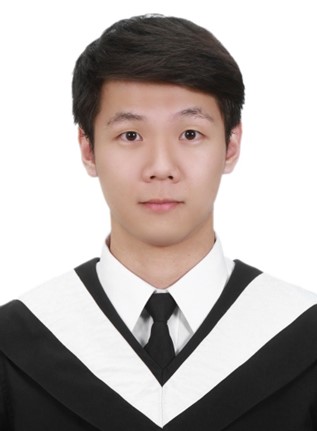
Jiang-Tang Xiao
Senior Engineer, MediaTek
2012.09 ~ 2016.06 NKFUST CCE
2016.09 ~ 2020.03 NTHU EE
2020.03 ~ Mediatek CAI1/HPC1/DE1
 August 22, 2024 02:20 pm
August 22, 2024 02:20 pm
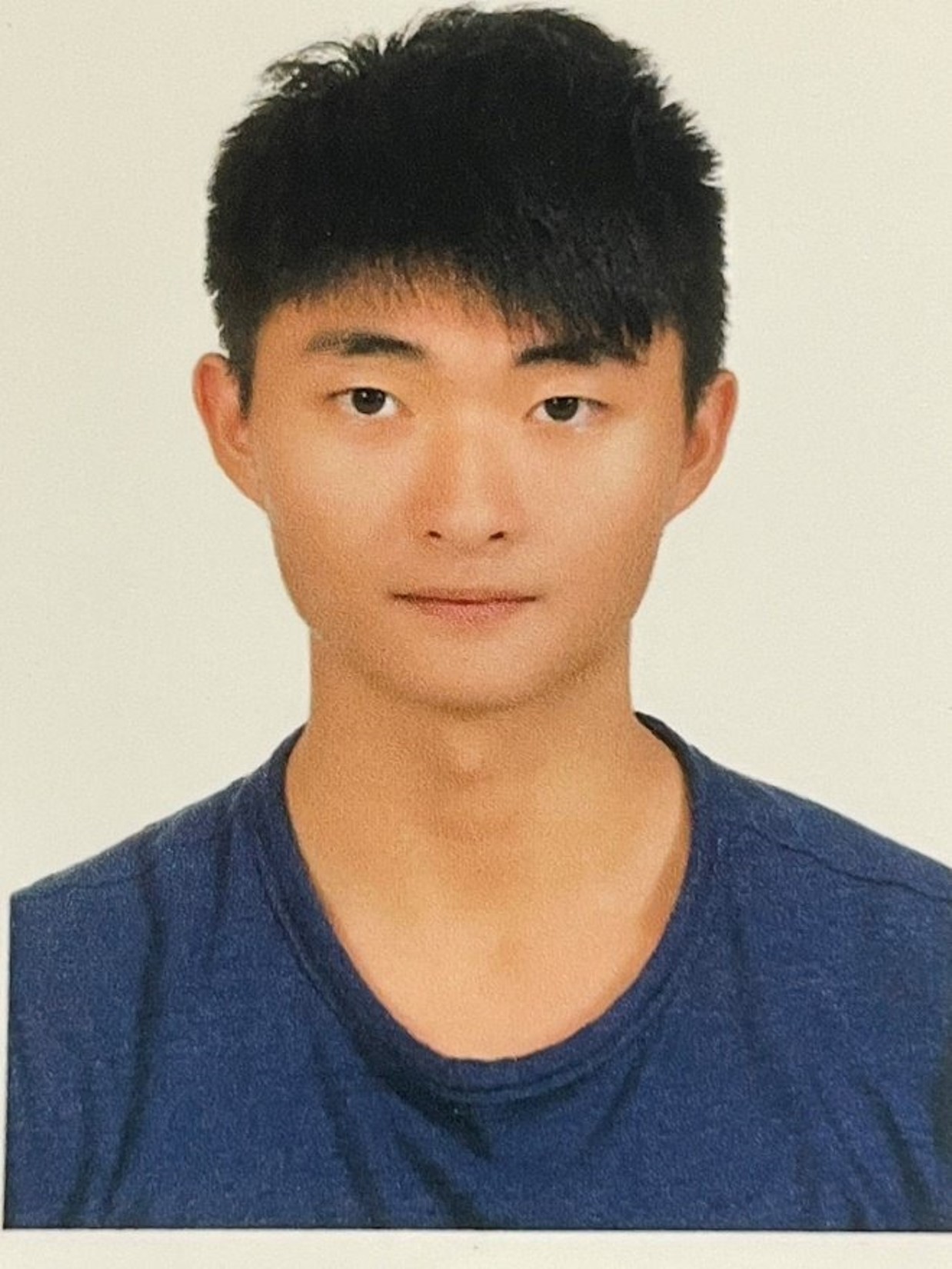
Stanley Yu-Tse Huang
Verification engineer,Andes
Verification engineer at Andes.
Major focus is developing ISA-formal testbench for RISCV-V Cores. Holds master’s and bachelor’s degrees in Computer Science from National Tsing Hua University.
 August 22, 2024 02:45 pm
August 22, 2024 02:45 pm
 August 22, 2024 03:05 pm
August 22, 2024 03:05 pm

Michael Young
Sr Product Management Group Director,Cadence
Michael Young, a senior product management group director for hardware system verification (HSV) business unit at Cadence Design Systems. Currently, he oversees product management and marketing team that is responsible for HSV product lines in the hardware-assisted verification market segment. Michael has over twenty-five years of high-tech experience in system/hardware engineering, software development, project management, business development, and product marketing. He has worked with established companies such as IBM Watson Research, Raytheon (RTX), and Bayer-AGFA on large-scale research and development projects as well as at several successful EDA startups such as Quickturn Design Systems, Axis Systems, and Verisity Design before joining Cadence.
 August 22, 2024 03:30 pm
August 22, 2024 03:30 pm

Philip (Ming-Fu) Tsai
Director,GUC
Mr. Philip (Ming-Fu) Tsai joined Global Unichip Corporation since Sep. 2017 and currently serves as the DV Director. He is responsible to lead Design Verification team to incorporate the state-of-the-art verification methodology to verify SOCs for the application of AI & High-Performance Computing. His team defines, proposes, and develops DV methodology/flow for GUC and End-customer’s SoC project which incorporates the up-to-date DV techniques such as UVM, Formal Verification, X-Verification, Power-Profiling, and Emulation. He has more than 18 years Design Verification experience on verification methodology/solution for delivering product with the highest quality. He served as Senior DV Manager of Switching Products Division at Broadcom Taiwan Design Center, responsible for project DV of every Ethernet Switch, Network Processor, and IPs developed by ING/CSG in Taiwan. He formed up and managed Design Verification team at Broadcom Taiwan Design Center since April 2008. In 2001, Mr. Philip (Ming-Fu) Tsai graduated from National Tsing Hua University with a M.S. degree in Electrical Engineering.
 August 22, 2024 03:55 pm
August 22, 2024 03:55 pm
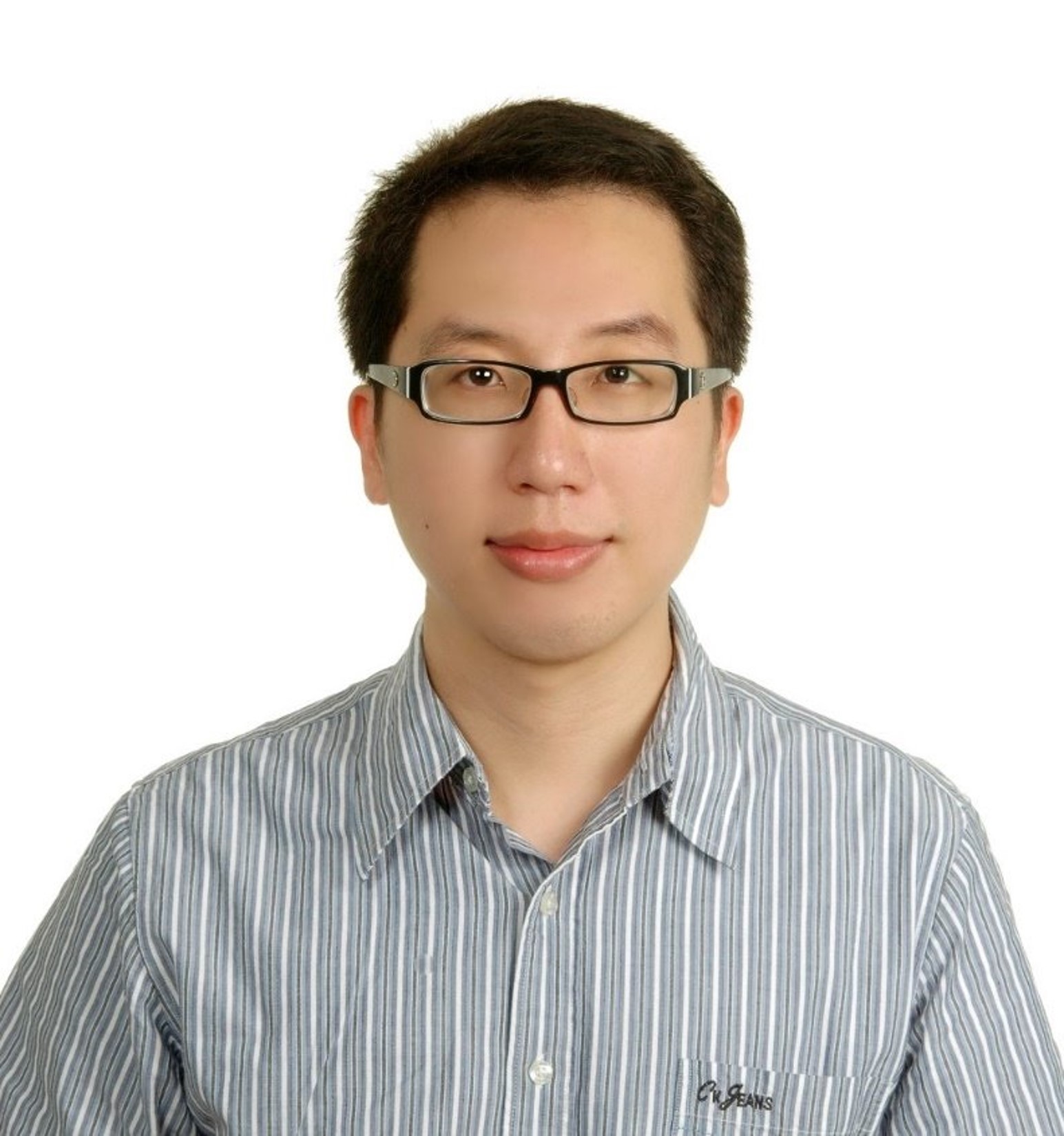
Kuo-Hsin Lai
Senior Manager,Phison
Kuo-Hsin is a senior manager in Phison.
Kuo-Hsin has 15 years’ experience in Digital design and hardware verification.
His major focus is developing the hardware verification tool/flow/methodology for advanced technologies.
Holds master’s degrees in Electrical Engineering from National Tsing Huan University.
 August 22, 2024 04:20 pm
August 22, 2024 04:20 pm
In recent years, SmartPhone has great computing power advancement and could run games in high res and fps, but GPU capability depends.
There are metrics ODM company and Gamer usually used to value GPU like power, performance and power efficiency, …,etc.
Therefore, how to determine the metrics in pre-silicone stage, and then depend the results to have quick design iteration or software finetune becomes more important.
In traditional method, designer usually pickup representative micro second scale frames from second or minute scale application for power profiling.
The power profiling runtime of a frame usually takes over a week with commercial power signoff tool.
However, this kind of runtime scale is not executable. Even designers complete all scenarios’ power profiling, they can only make changes on next generation.
In this work, we adopt DPA on GPU frame-level power profiling to achieve finishing micro second frame power calculation in 6 hours and still having 95% competitive accuracy in average.

Li-Cheng Zheng
Senior Engineer, MediaTek
